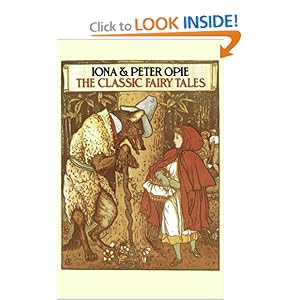Mars Climate Orbiter
The Mars Climate Orbiter Mission objective was to orbit Mars as the first interplanetary weather satellite and provide a communications relay for another craft which was due to reach Mars in December 1999. The Mars Climate Orbiter was launched on December 11, 1998, and was lost sometime following the spacecraft's entry into Mars orbit. The spacecraft's carrier signal was last seen on Thursday, September 23, 1999.An investigation board was convened and determined that the root cause for the loss of the spacecraft was the failure to use metric units in the coding of a ground software file used in trajectory models. The software application required that measurements be in metric units but the data files were in English units. The planners assumed that the data was in metric units.

Isaac Peral
Earlier this month, a newspaper reported that a Spanish submarine, the Isaac Peral, was 70 tons heavier than expected. Still under construction, officials believed that the submarine would not be able to resurface once launched.
Officials went on to say that the overage was due to a misplaced decimal point during the design process. The cost estimate to resolve the problem is estimated at $14 million, which will be paid over three years. This is in addition to the $680 million already invested!
Don't Hint and Hope
In business, it is critical that communications be clear and understood. Assumptions can have drastic consequences. When communicating with others be concise and clear. Checking to see how your message is received also lessens the likelihood of mistakes or misperceived communication.

